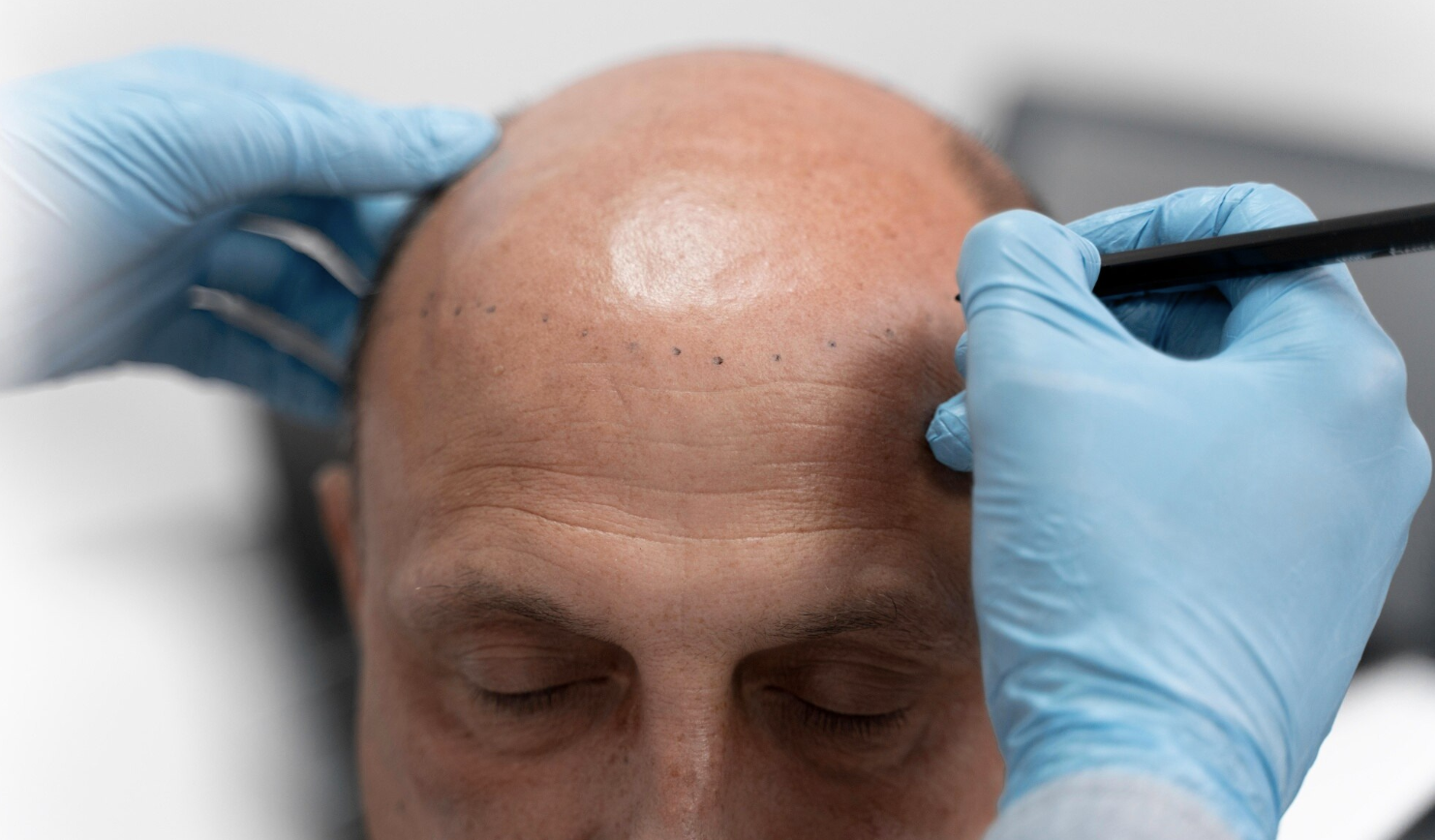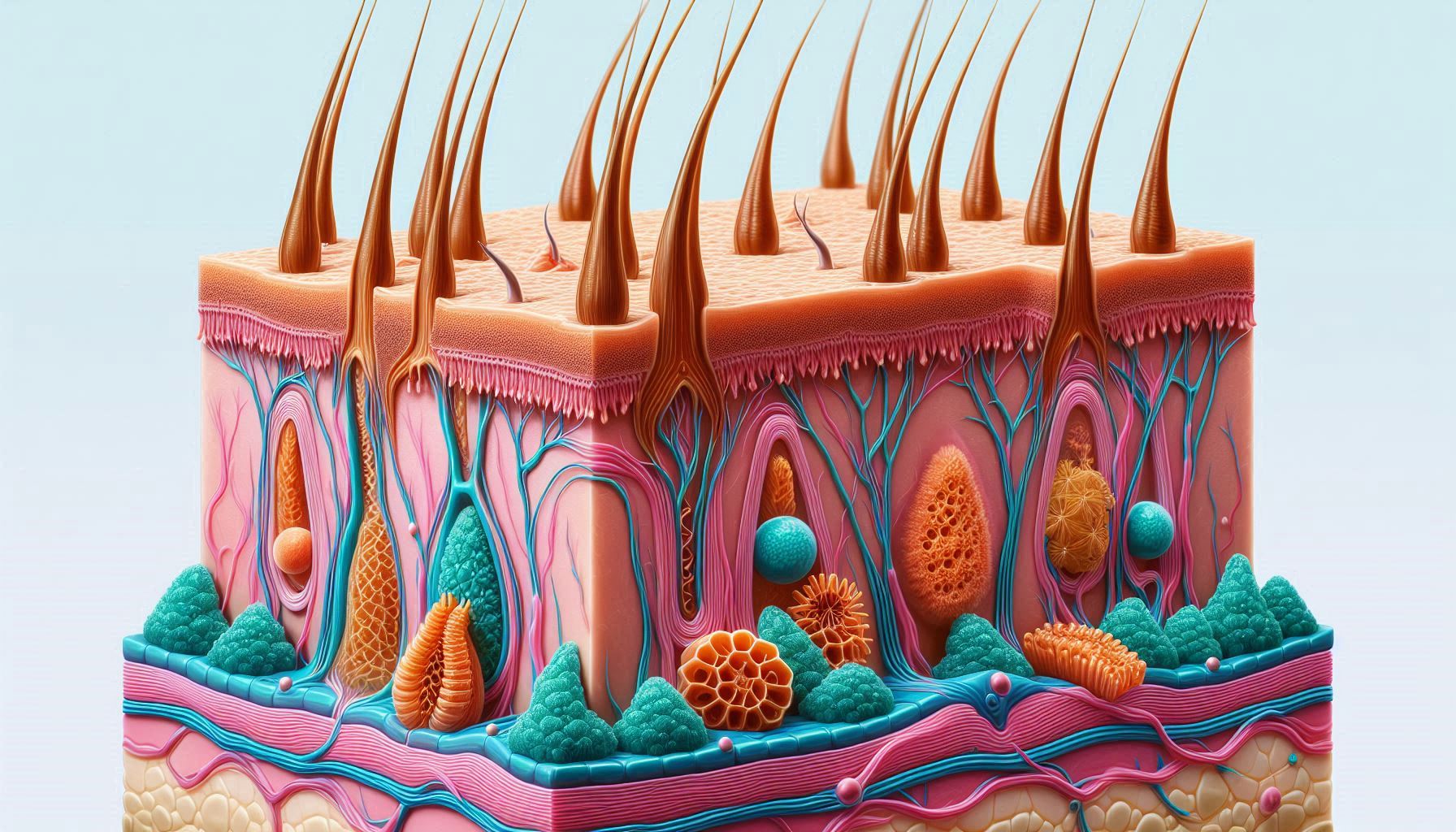
Understanding Minimal Scar Hair Transplant: A Comprehensive Guide
Hair transplants have become a go-to solution for those suffering from hair loss, offering a permanent and natural-looking remedy. However, one of the common concerns surrounding traditional hair transplants is the potential for visible scarring. This has led to the development of Minimal Scar Hair Transplants, a technique that minimizes scarring while providing optimal results. In this blog, we’ll explore what Minimal Scar Hair Transplants are, how they work, and what you can expect from the procedure.
What is a Minimal Scar Hair Transplant?
Minimal Scar Hair Transplant is a refined hair restoration technique designed to reduce the visibility of scars typically associated with hair transplant procedures. This method is especially beneficial for individuals who prefer to keep their hair short, as it minimizes the risk of noticeable scars on the scalp.
The technique primarily involves the Follicular Unit Extraction (FUE) method, which is known for its minimal scarring compared to the traditional Follicular Unit Transplantation (FUT) method. In FUE, individual hair follicles are extracted from the donor area (usually the back or sides of the head) and transplanted into the recipient area where hair loss has occurred.
How Does Minimal Scar Hair Transplant Work?
Follicular Unit Extraction (FUE) Technique
The FUE technique is the cornerstone of Minimal Scar Hair Transplant. Here’s how it works:
- Donor Area Preparation: The donor area is shaved, and local anesthesia is applied to numb the area.
- Extraction of Follicles: Using a specialized micro-punch tool, the surgeon extracts individual hair follicles from the donor area. The size of the punch tool typically ranges from 0.6 to 1.0 mm in diameter, resulting in tiny circular scars that are almost invisible once healed.
- Recipient Area Preparation: The recipient area is also numbed with local anesthesia, and small incisions are made where the hair follicles will be implanted.
- Implantation: The extracted hair follicles are carefully implanted into the recipient area, following the natural direction and angle of hair growth.
- Post-Procedure Care: After the procedure, the scalp is cleaned, and the patient is given post-operative care instructions to ensure proper healing and optimal results.
Benefits of Minimal Scar Hair Transplant
1. Reduced Scarring
The most significant advantage of Minimal Scar Hair Transplant is the reduced scarring compared to traditional methods. The tiny circular scars left by the FUE technique are barely noticeable, even in patients who prefer to keep their hair short.
2. Natural-Looking Results
Since the hair follicles are implanted individually, the results of a Minimal Scar Hair Transplant are natural-looking and seamless. The transplanted hair grows in the same direction as the surrounding hair, making it difficult to distinguish between the transplanted and natural hair.
3. Minimal Downtime
Minimal Scar Hair Transplants typically have a shorter recovery period compared to FUT. Most patients can return to their normal activities within a few days, and the tiny wounds from the FUE extraction heal quickly.
4. Flexibility in Donor Area
FUE allows for more flexibility in choosing the donor area, as hair follicles can be extracted from various parts of the body, including the beard and chest. This is particularly useful for patients with limited scalp donor hair.
5. Less Invasive
FUE is a minimally invasive procedure that doesn’t require stitches, which reduces the risk of complications and makes the recovery process more comfortable for the patient.
Who is a Good Candidate for Minimal Scar Hair Transplant?
Minimal Scar Hair Transplant is suitable for most individuals experiencing hair loss, particularly those who:
- Prefer to keep their hair short
- Have a limited donor area on the scalp
- Are concerned about scarring from traditional hair transplant methods
- Seek a natural-looking hair restoration solution with minimal downtime
What to Expect During and After the Procedure
During the Procedure
The Minimal Scar Hair Transplant procedure typically takes several hours, depending on the number of grafts required. Patients are awake during the procedure, and local anesthesia ensures that there is no discomfort. The surgeon will work meticulously to extract and implant each follicle, ensuring that the final result looks natural.
After the Procedure
Following the procedure, patients can expect some redness and swelling in the treated areas, which usually subsides within a few days. Tiny scabs will form around the transplanted follicles and will naturally fall off within a week or two.
It’s important to follow the post-operative care instructions provided by your surgeon, which may include:
- Avoiding strenuous activities for a few days
- Keeping the scalp clean and avoiding direct sunlight
- Taking prescribed medications to reduce the risk of infection and promote healing
FAQs About Minimal Scar Hair Transplant
1. How long does it take to see the results of a Minimal Scar Hair Transplant?
Results typically start to become noticeable within 3 to 4 months, with full results visible at around 12 months post-procedure. Hair growth is gradual, and the transplanted hair will initially shed before regrowing.
2. Are the results of a Minimal Scar Hair Transplant permanent?
Yes, the results are generally permanent. The transplanted hair follicles are resistant to hair loss and will continue to grow in the new location.
3. Can Minimal Scar Hair Transplant be used for other areas of the body?
Yes, the FUE technique used in Minimal Scar Hair Transplants can also be applied to restore hair in other areas, such as the beard, eyebrows, and chest.
4. How much does a Minimal Scar Hair Transplant cost?
The cost varies depending on the number of grafts required, the location of the clinic, and the surgeon’s expertise. On average, the cost can range from $5,000 to $15,000.
5. Is the procedure painful?
The procedure is performed under local anesthesia, so there is minimal discomfort during the surgery. Some mild discomfort may be experienced during the recovery period, but this can be managed with pain relievers.
6. How long is the recovery period?
Most patients can return to their normal activities within a few days. The tiny wounds from the FUE extraction typically heal within a week or two.
7. Will there be visible scarring after the procedure?
The scarring from FUE is minimal and typically not visible, especially if you have hair covering the donor area. Even in cases where the hair is kept short, the tiny scars are usually difficult to detect.
8. How many grafts will I need?
The number of grafts required depends on the extent of hair loss and your desired density. During your consultation, your surgeon will evaluate your hair loss and recommend the appropriate number of grafts.
9. Can I combine Minimal Scar Hair Transplant with other hair restoration treatments?
Yes, it can be combined with other treatments such as PRP (Platelet-Rich Plasma) therapy or laser therapy to enhance the results and promote hair growth.
10. What is the success rate of Minimal Scar Hair Transplants?
Minimal Scar Hair Transplants have a high success rate, with most patients achieving satisfactory results. The success largely depends on the surgeon’s expertise and the patient’s adherence to post-operative care instructions.
Conclusion
Minimal Scar Hair Transplant offers a revolutionary approach to hair restoration, providing natural-looking results with minimal scarring. The FUE technique, which is at the core of this procedure, ensures that patients can achieve their desired hair density without worrying about visible scars. Whether you’re dealing with hair loss or seeking to improve the appearance of your hairline, Minimal Scar Hair Transplant could be the ideal solution for you.




